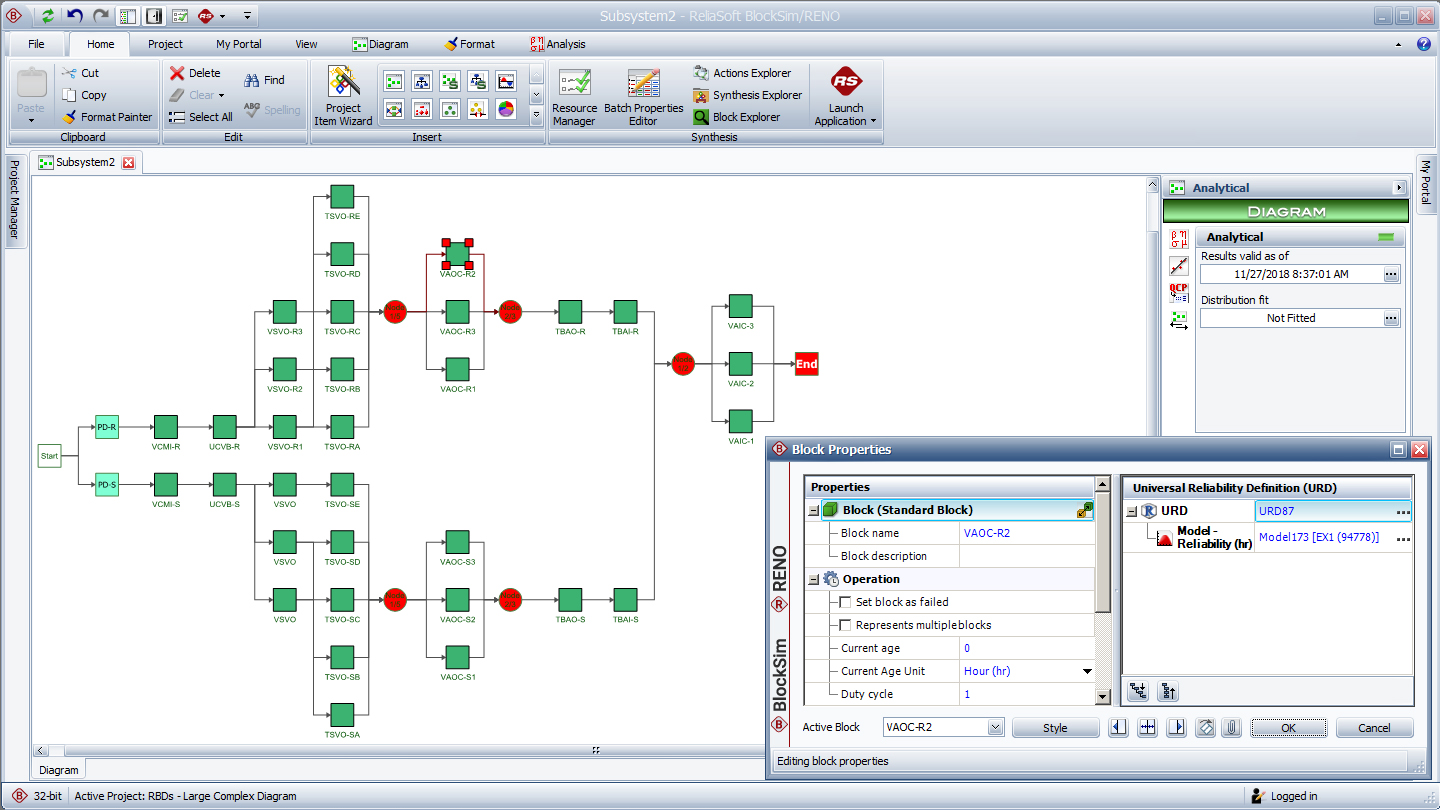
Blocksim Reliability Software Free
Eugene Hecht is a member of the Physics Department of Adelphi Unversity in New York. He has authored eight books. Eugene hecht physics solutions Received 13 August 2010.Get instant access to our step-by-step Physics: AlgebraTrig solutions manual. Eugene hecht physics algebra trig pdf 4272 total problems in.Eugene Hecht, Adelphi University, Garden City, NY. Of contemporary physics, illuminated as it is by the theory of relativity and quantum.Aug 2, 2001. Here is the access Download Page of OPTICS 4TH EDITION EUGENE HECHT PDF, click this link to download or read online: OPTICS 4TH EDITION EUGENE HECHT PDF PDF File: optics 4th edition eugene hecht optics 4th edition eugene hecht| Get Read & Download Ebook optics 4th edition eugene hecht as PDF for free at The Biggest ebook library in the world. Manual Optics Hecht - looking for a book Manual optics hecht in pdf. Hecht optics solution manual at greenbookee. 1,241 solution manual for Eugene Hecht 4ed Basic electromagnetics and interference Optics, Eugene Hecht, Chpt 3. 
Jan 04, 2013 This is the Introduction tutorial to all BlockSim Quick Start Guide videos. No thanks Try it free. Find out why. How to extend trial period of any software in 5 minutes - 2018 latest trick.
Generate Reference Book: may be more up-to-date Overview In life data analysis and accelerated life testing data analysis, as well as other testing activities, one of the primary objectives is to obtain a life distribution that describes the times-to-failure of a component, subassembly, assembly or system. This analysis is based on the time of successful operation or time-to-failure data of the item (component), either under use conditions or from accelerated life tests. For any life data analysis, the analyst chooses a point at which no more detailed information about the object of analysis is known or needs to be considered. At that point, the analyst treats the object of analysis as a 'black box.' The selection of this level (e.g., component, subassembly, assembly or system) determines the detail of the subsequent analysis.
In system reliability analysis, one constructs a 'System' model from these component models. In other words in system reliability analysis we are concerned with the construction of a model (life distribution) that represents the times-to-failure of the entire system based on the life distributions of the components, subassemblies and/or assemblies ('black boxes') from which it is composed, as illustrated in the figure below. 

To accomplish this, the relationships between components are considered and decisions about the choice of components can be made to improve or optimize the overall system reliability, maintainability and/or availability. There are many specific reasons for looking at component data to estimate the overall system reliability. One of the most important is that in many situations it is easier and less expensive to test components/subsystems rather than entire systems.
Many other benefits of the system reliability analysis approach also exist and will be presented throughout this reference. Systems A system is a collection of components, subsystems and/or assemblies arranged to a specific design in order to achieve desired functions with acceptable performance and reliability. The types of components, their quantities, their qualities and the manner in which they are arranged within the system have a direct effect on the system's reliability. The relationship between a system and its components is often misunderstood or oversimplified. For example, the following statement is not valid: All of the components in a system have a 90% reliability at a given time, thus the reliability of the system is 90% for that time. Unfortunately, poor understanding of the relationship between a system and its constituent components can result in statements like this being accepted as factual, when in reality they are false. Reliability Block Diagrams (RBDs) Block diagrams are widely used in engineering and science and exist in many different forms.
They can also be used to describe the interrelation between the components and to define the system. When used in this fashion, the block diagram is then referred to as a reliability block diagram (RBD). A reliability block diagram is a graphical representation of the components of the system and how they are reliability-wise related (connected).